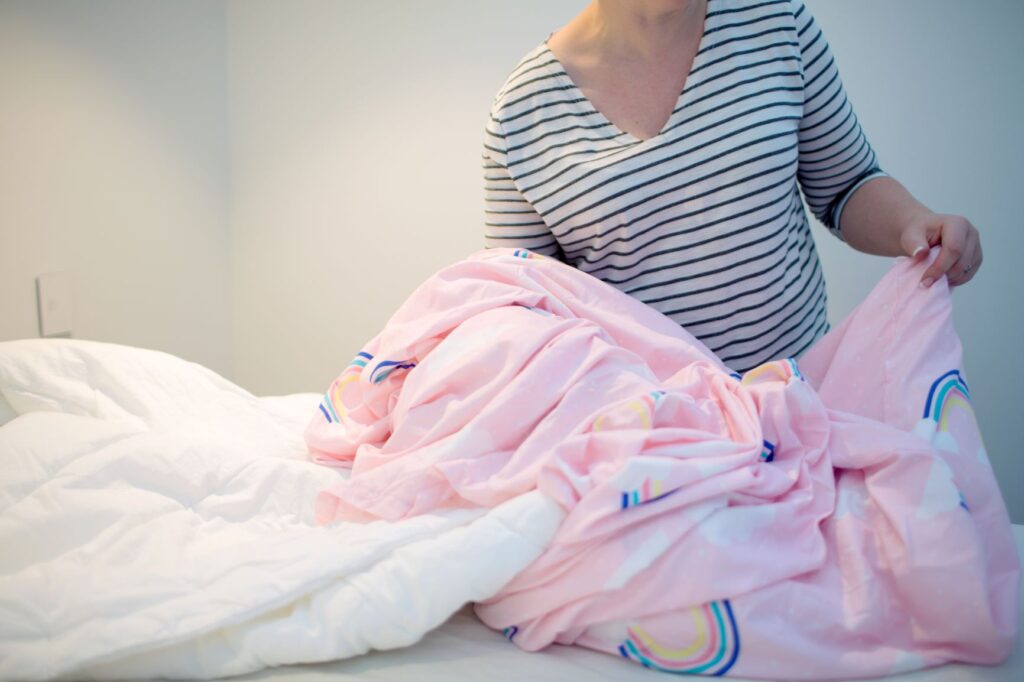With weather forecasters predicting an extra wet winter, the National Asthma Council is warning of the possible risks of mould and dust mites as asthma triggers.
High indoor humidity makes it easier for mould and dust mites to multiply, which can trigger asthma and allergy symptoms such as nose, eye, and skin irritation; sneezing or wheezing; and severe breathing difficulties in some people.
National Asthma Council’s Sensitive Choice program manager, Adele Taylor, said different times of the year bring their own environmental factors that have the potential to trigger asthma symptoms.
“Pollen is a well-known example that typically increases in spring and summer for people in south-east Australia. Extreme temperatures or weather events such as dust storms, or heavy rainfall which can bring a risk of mould growth, might also be a problem,” she said.
“It really depends on the individual, which is why it’s important to speak with your doctor to work out what affects you and whether it’s possible to avoid.”
In terms of the forecast wet winter, Ms Taylor said the concern for asthma sufferers stems from high indoor humidity levels.
“It’s strange to think that it’s winter and it’s freezing outside, but inside we may have a problem with humidity – and that can mean mould,” Ms Taylor says. “We all know what mould looks like on a loaf of bread or on the grout in the shower. But mould has a habit of hiding and it spreads to places you cannot see.”
Mould can make itself at home anywhere there is low air flow or excess moisture, such as built-in wardrobes, and in bedrooms with ensuite bathrooms. Bookcases and compact laundries with their tight spaces and dark recesses are also a favourite home for mould.
Dust mites are another common asthma trigger, which thrive when indoor humidity is high.
They take up residence in pillows and mattresses, curtains, and furniture. The main culprit is their droppings, which are easily stirred up by movement.
Condensation on the inside of windows is a sure sign humidity is too high; however, Ms Taylor said there are some simple strategies to help keep your indoor humidity in a healthy range.
“Simple strategies might include improving your home’s air circulation, using extractor fans in bathrooms and laundries, or considering a climate control method that helps reduce moisture in the air, if that suits your circumstances,” she said.
“Removing the source of moisture can help combat mould growth, so things like sealing leaks, drying or removing wet carpet, and treating rising damp are important.
“Dust mites often live in bedding, furniture and other fabrics, so cleaning these regularly can help, for example, with a weekly wash in water hotter than 55°C for bedding and soft toys.”
Visit sensitivechoice.com to read more about mould and dust mites.




